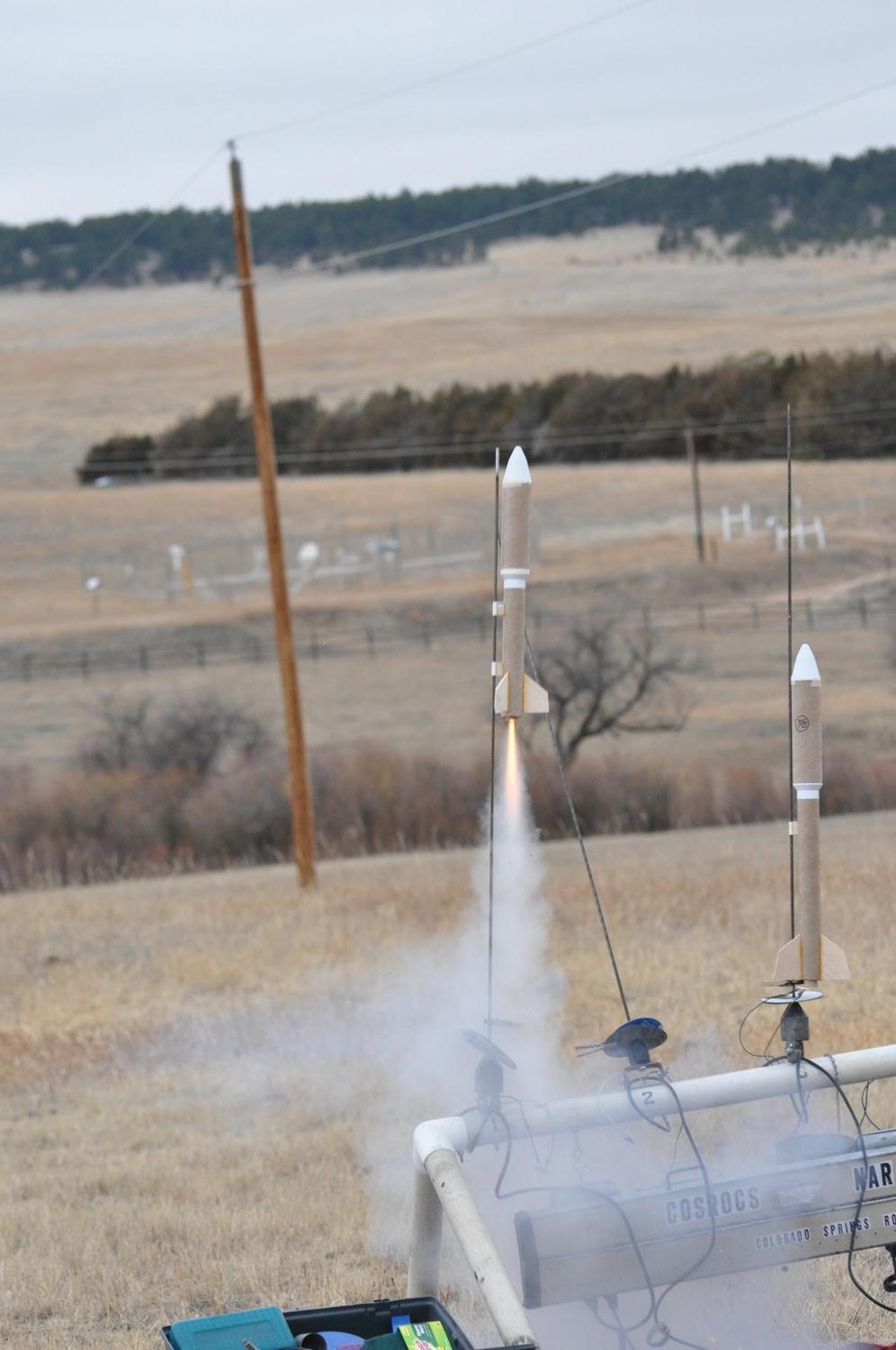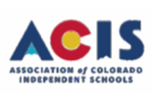 The Space Exploration ECS took to the skies as we launched 5 of our Team America Rocket Competition (TARC) rockets. With the experience and guidance of our COSROCS team, we were able to successfully set up a launch pad in Elbert, Colorado on the Dancing DPW. After completing our safety checks, we primed our rockets for launch. Our goals for our rockets varied between teams, but most consisted of specific altitudes, launch-to-land times, and the safe return and recovery of an egg. We took note of many of the variable conditions that we were flying our rockets in, including humidity, altitude, and temperature. While these may seem like minor details, they all can alter the performance of our model rockets. After a long design and building process, today we finally were able to put our models to the test. Considering today was our first trial of our models, many groups discovered areas of their rocket that should be improved. Many rockets experienced success in many of their launch goals. Multiple rocket designs even returned the egg successfully. Today was a good first step in our overall goals for our rockets as well as our goals for the ECS. These rocket models allow us to think about concepts such as aerodynamics and the engineering process that is used in aerospace engineering. These concepts may help govern the changes we make in the future to our designs.
The Space Exploration ECS took to the skies as we launched 5 of our Team America Rocket Competition (TARC) rockets. With the experience and guidance of our COSROCS team, we were able to successfully set up a launch pad in Elbert, Colorado on the Dancing DPW. After completing our safety checks, we primed our rockets for launch. Our goals for our rockets varied between teams, but most consisted of specific altitudes, launch-to-land times, and the safe return and recovery of an egg. We took note of many of the variable conditions that we were flying our rockets in, including humidity, altitude, and temperature. While these may seem like minor details, they all can alter the performance of our model rockets. After a long design and building process, today we finally were able to put our models to the test. Considering today was our first trial of our models, many groups discovered areas of their rocket that should be improved. Many rockets experienced success in many of their launch goals. Multiple rocket designs even returned the egg successfully. Today was a good first step in our overall goals for our rockets as well as our goals for the ECS. These rocket models allow us to think about concepts such as aerodynamics and the engineering process that is used in aerospace engineering. These concepts may help govern the changes we make in the future to our designs.
Following our launch, we headed back to the school to do a brief analysis and reflection of our day. In this we were asked to determine what our percent error was in accordance to our goals of height and time. We also were asked to begin thinking about changes we may make to our rockets as we look toward our first revision of our rockets. Overall, today allowed us to gage how effective our designs are as well as give us some ideas as to what we should change. Even though it was a short day, it was packed with energy and excitement.
Follow all the student ECS Blogs on Campus News!



